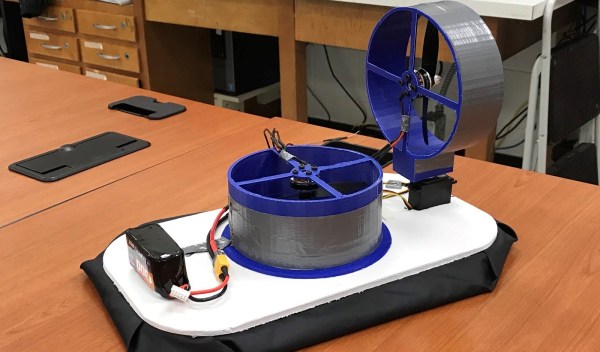If you have ever been to a hacker camp, you’ll know the problem of transporting all your stuff to your hackerspace village, or to wherever you’ll be basing yourself for the duration. The car park is always too far away, whatever trolley you’ve brought along is never big enough, and the terrain you have to drag everything over feels more like the Chilkoot Trail than a city sidewalk.
[Jana Marie Hemsing] and [Lucy Fauth] have an effective solution to all your hacker camp transport woes, in the form of a motorized platform designed to carry a storage box. Underneath the platform are a pair of hoverboard motors and their controller board reflashed with a custom firmware.
You might be now looking at it and thinking “So what?”, for a single platform is handy but hardly a comprehensive transport solution. What makes this one impressive though is that it’s not a single board, instead there is a swarm of them for which they appear to have implemented some form of optical following system which is teased through the video we’ve placed below the break and with this Tweet, but not in detail yet in the wiki page. A neat train of platforms follows the lead one, transporting everything with minimum fuss. What can we say, except “We want one too!”. There is some code to be found in a GitHub repository, should you be interested in having a go for yourself.
Continue reading “Boxes, Form An Orderly Queue Behind The Armchair!”

















